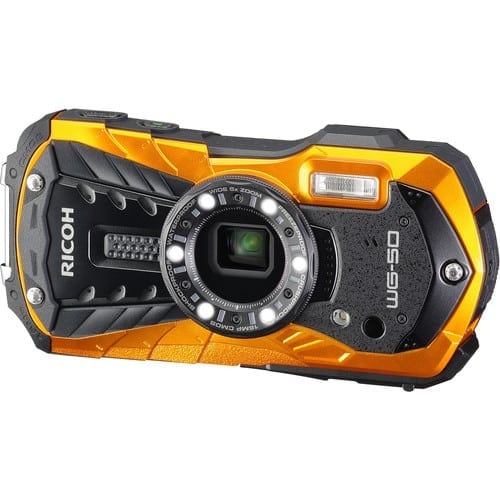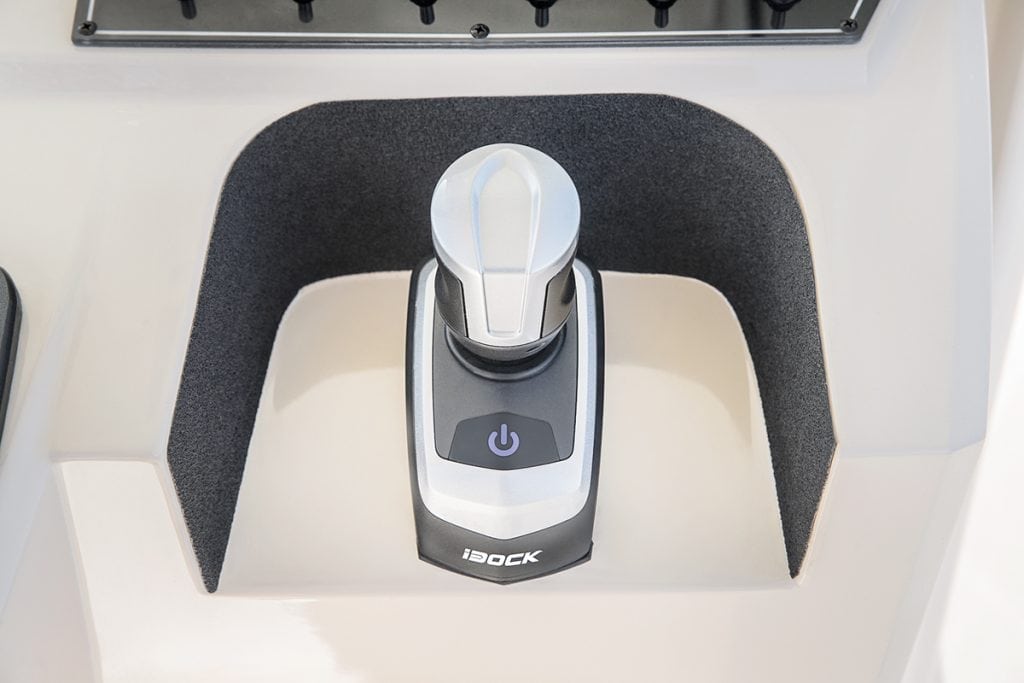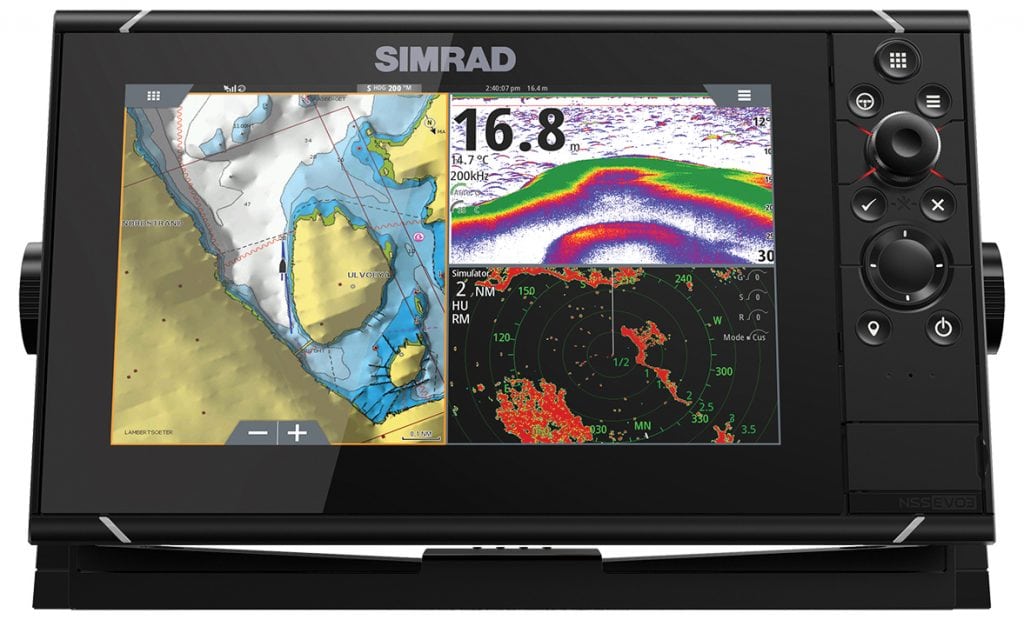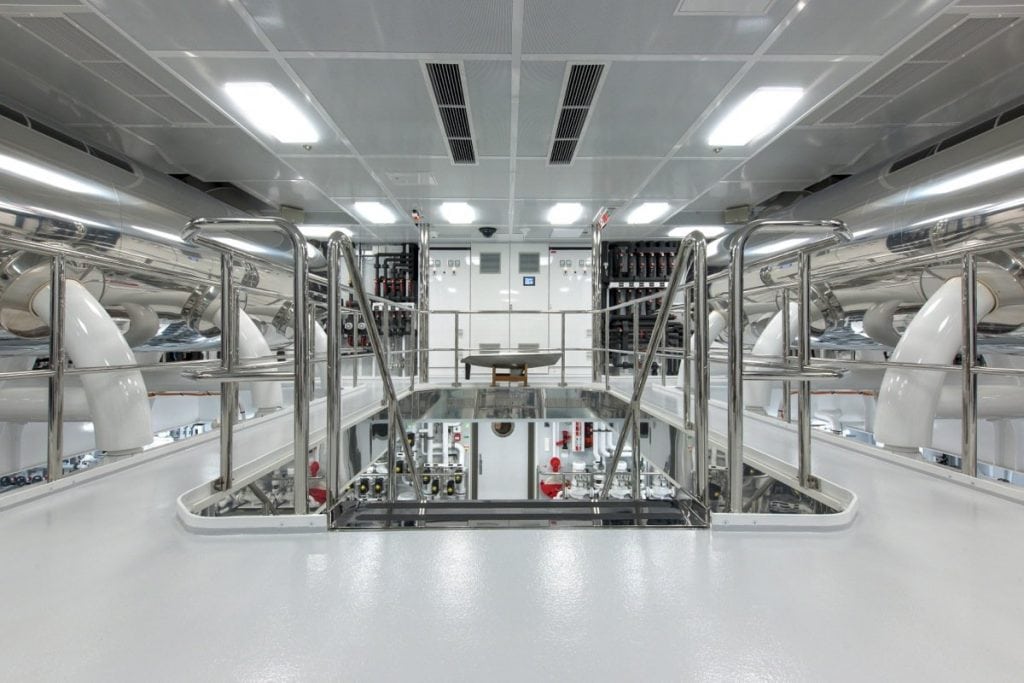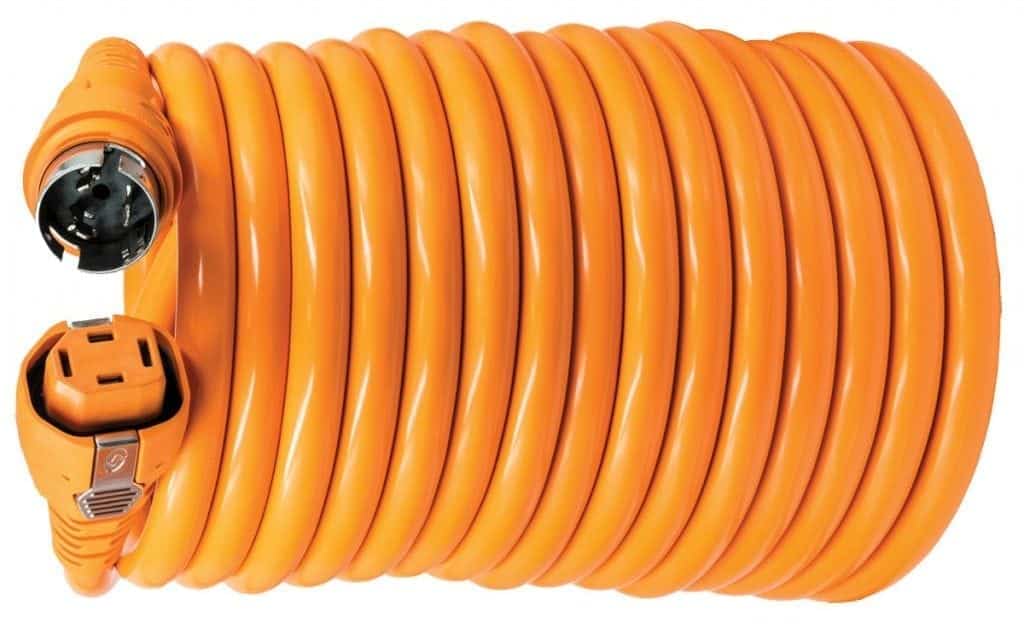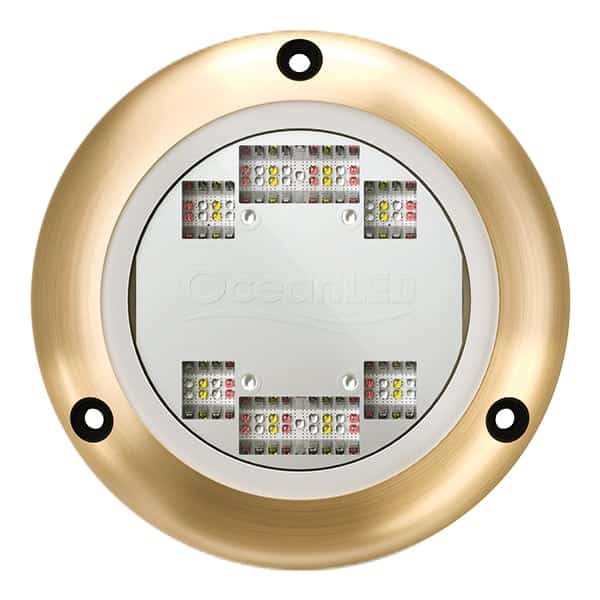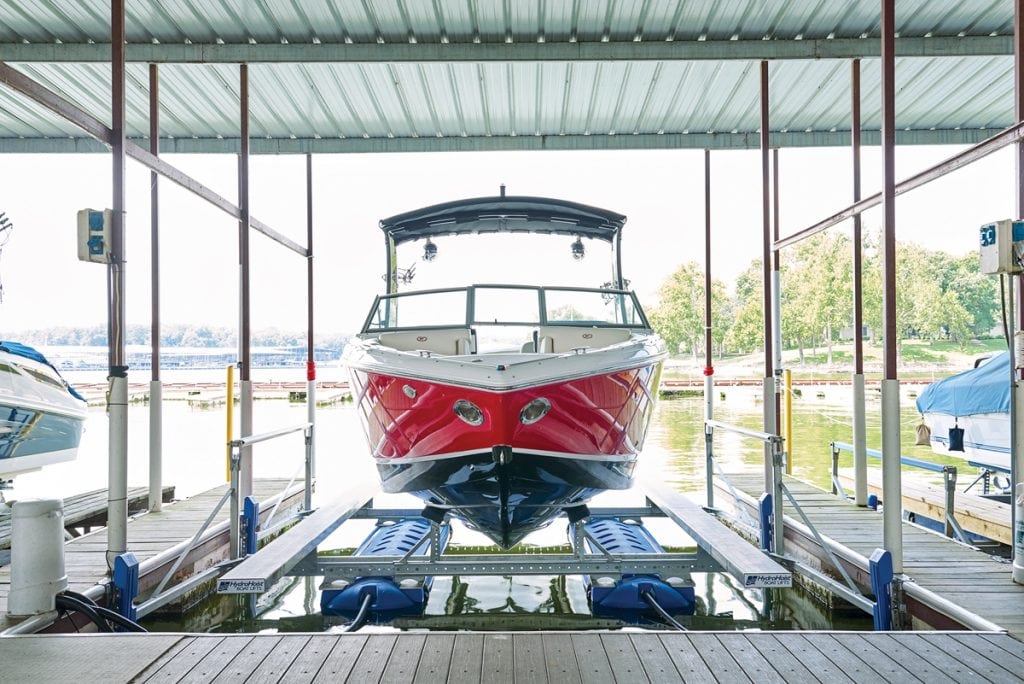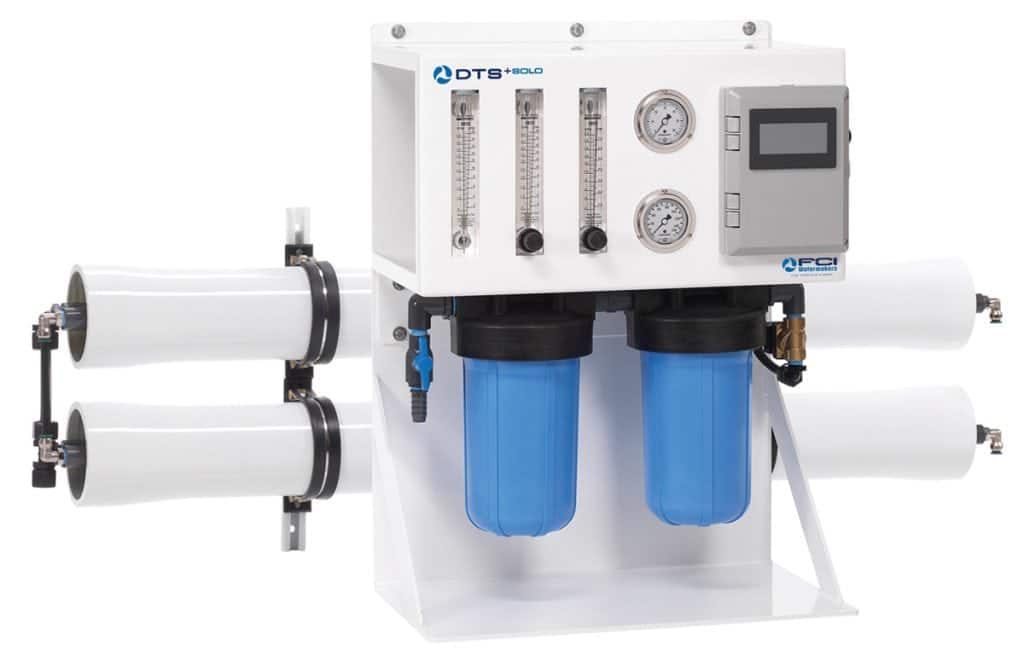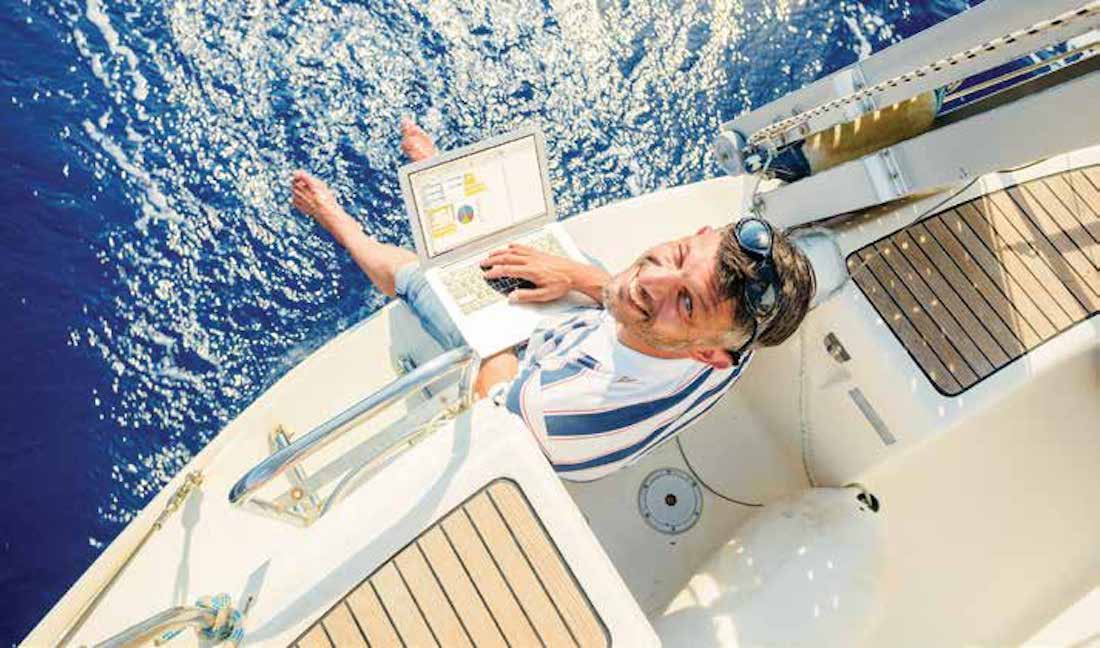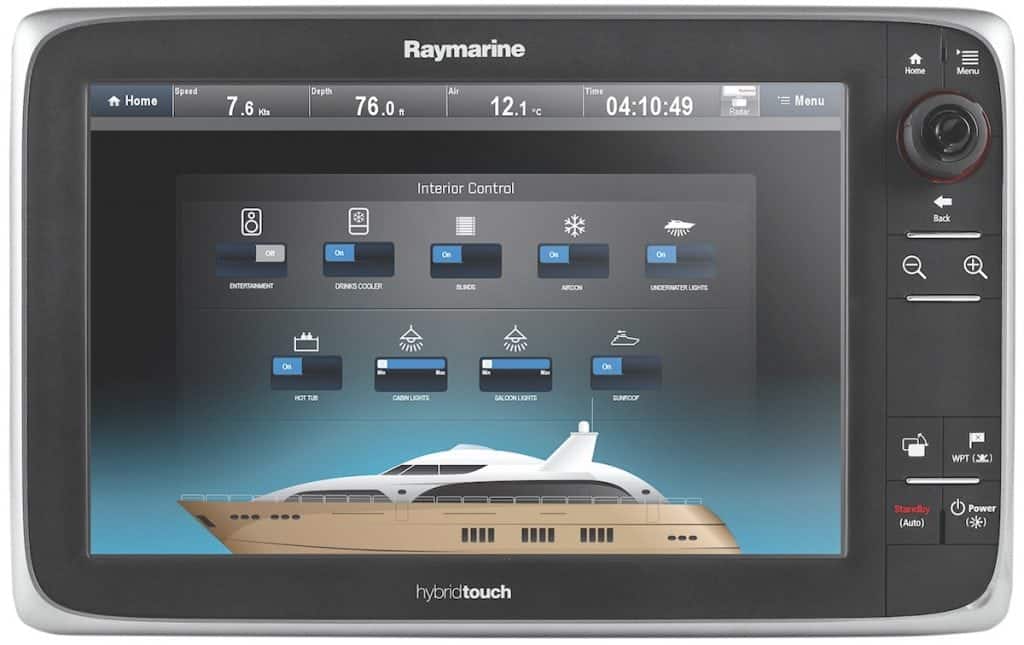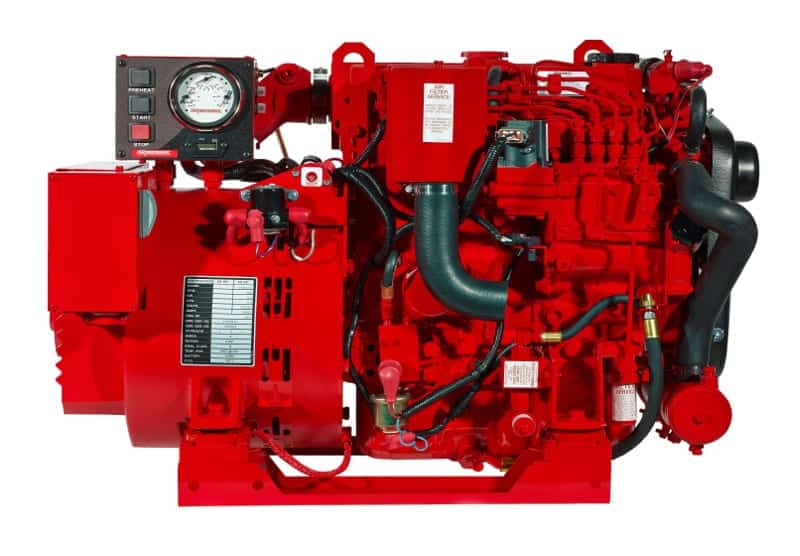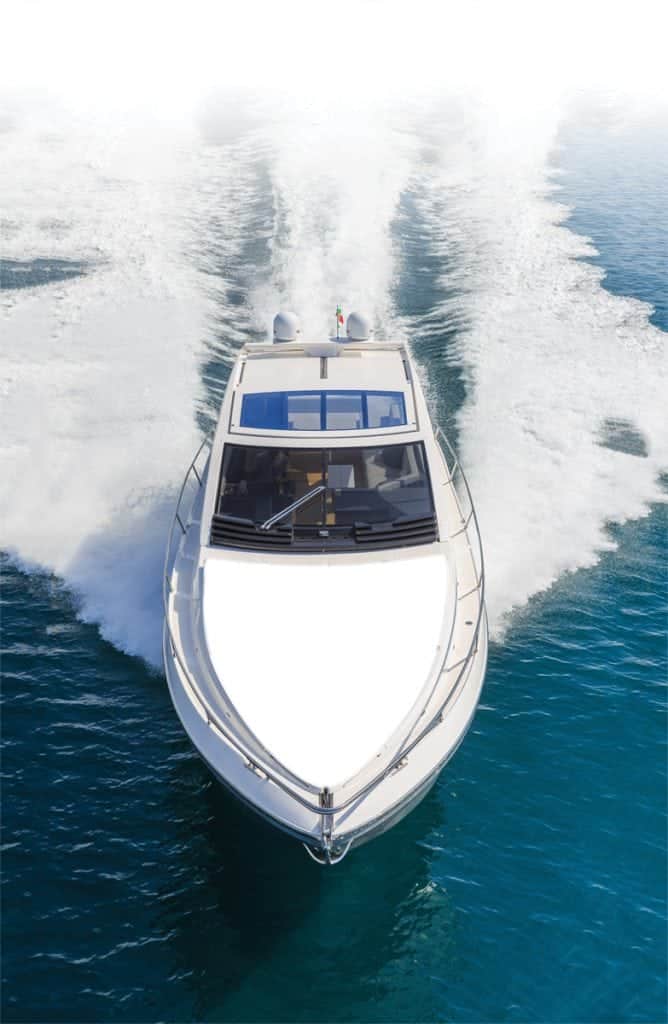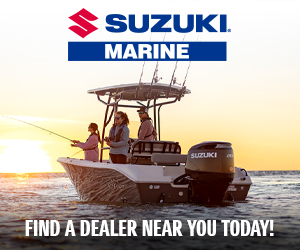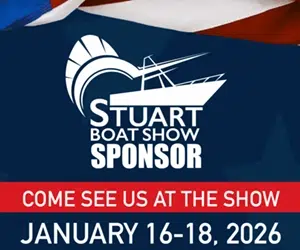Electronics
Any boat enthusiast will tell you with boat ownership comes electronics and boating gear—and lots of it! Researching which boating gear is necessary for your boat can feel like a full-time job. At Southern Boating, our writers and boating experts have decades of experience reviewing electronics and gear to determine the best. We’ve done the legwork for you! We provide insider tips, insights, trends, and resources for hundreds of products. Browse through articles that include product photos, pricing, detailed specifications, links to manufacturer websites, tips on best use and much more! We’re always looking for the latest and greatest electronics and gear. Have a product that you’d like Southern Boating to review? Contact sbletters@southernboating.com for a review and possible inclusion on our website!
RICOH WG-50 Digital Camera
The RICOH Camera (RICOH WG-50 Digital Camera) captures 16-megapixel images and full HD video above and below the waterline. The RICOH camera is...
Read moreDetailsDriving with a Joystick makes Boating a Breeze
Driving with a joystick is now common on outboard-powered boats, which is making boating easier for most and safer for...
Read moreDetailsOnboard Storage Solutions for Your Boat
Get creative with these onboard storage solutions for your boat. Storage space is at a premium on a boat, and your annual...
Read moreDetailsSimrad Products
Anglers can count on better fishing fortunes with technologically advanced Simrad Products. Never in the history of man have there...
Read moreDetailsSelf-Driving Boats
Self-driving boats are here, but does the recreational market need it—or even want it? It’s happening with cars, and now...
Read moreDetailsNMEA 2017
In September, the 2017 National Marine Electronics Association (NMEA 2017) conference was held in Bellevue, Washington. The sold-out expo featured...
Read moreDetailsSmartplug Systems New Superflex 50A 124/250V Cordset
Smartplug Systems New Superflex 50A 124/250V Cordset remains incredibly flexible for easy handling and is the safest, most efficient marine electrical connection...
Read moreDetailsOceanLED Sport Multi-Color Underwater Light
OceanLED Sport Multi-Color Underwater Light Add bling to your center console or medium-sized cruiser with OceanLED Sport Multi-Color Underwater Light...
Read moreDetailsBetter Boat Lifts
Do your homework on boat lifts. Raise your boat and your standards.Water can sometimes be the worst place for a...
Read moreDetailsFCI Watermakers’ Dockside Treatment System
Make dock water potable with FCI Watermakers' Dockside Treatment System. Three different models remove bacteria, viruses and dissolved solids and...
Read moreDetailsStay Connected While Cruising
Linked In: stay connected while cruising with a powerful Internet connection with a boat-mounted system and always have internet on your...
Read moreDetailsSi-Tex Marine Radiotelephone
The Si-Tex Marine Radiotelephone provides mariners with professional-grade communications features and the added safety and convenience of a built-in, high-performance...
Read moreDetailsNMEA Standards and why they matter to boaters
Electronics industry standards, like the NMEA Standards, facilitate better connections — and communication. Adding new electronics back in the day meant...
Read moreDetailsShould you replace or repair your generator?
To repair your generator or to replace your generator…that is the question. It’s a dilemma many generators of a certain age...
Read moreDetailsPower Products from FLIBS
Full Speed Ahead Check out the new power products were aplenty at this year’s Fort Lauderdale International Boat Show. Fall...
Read moreDetails

